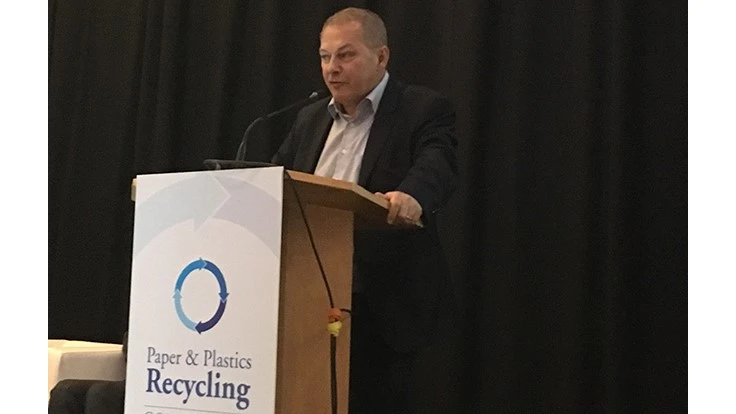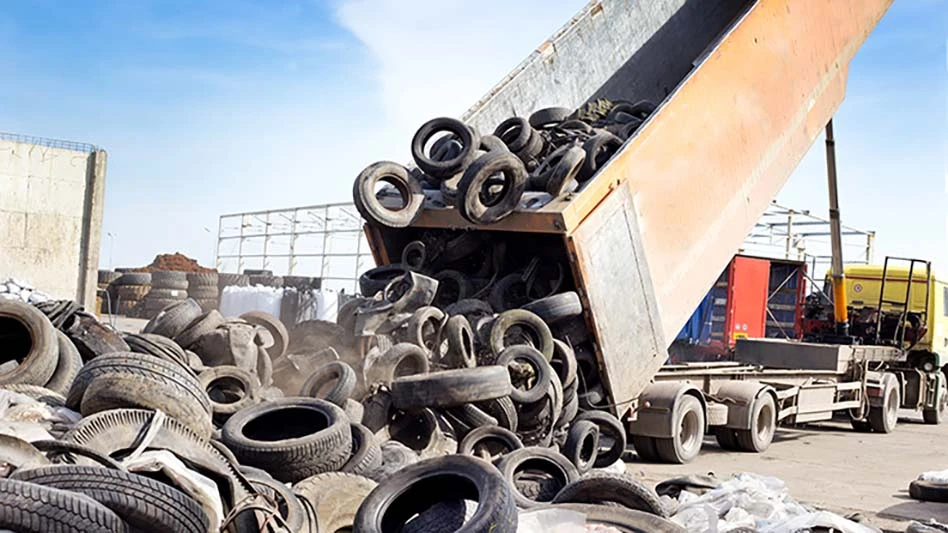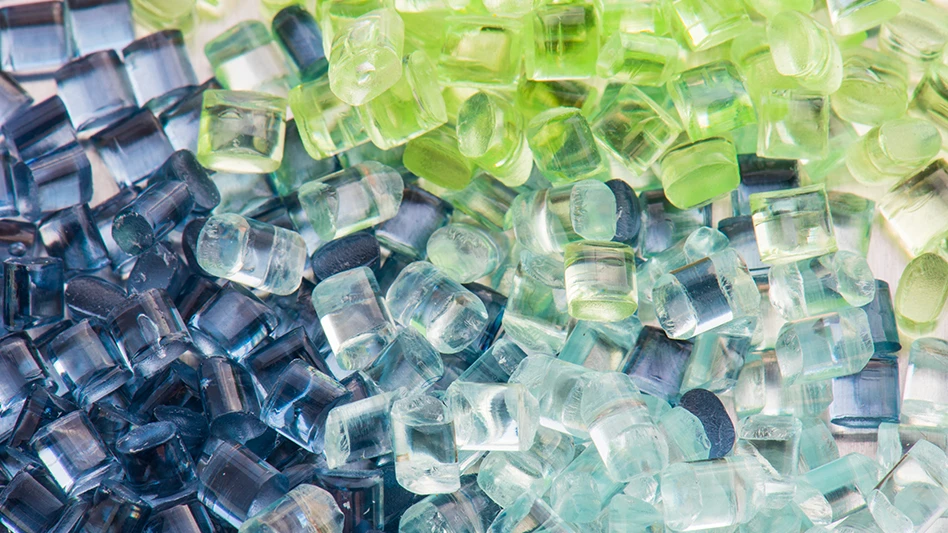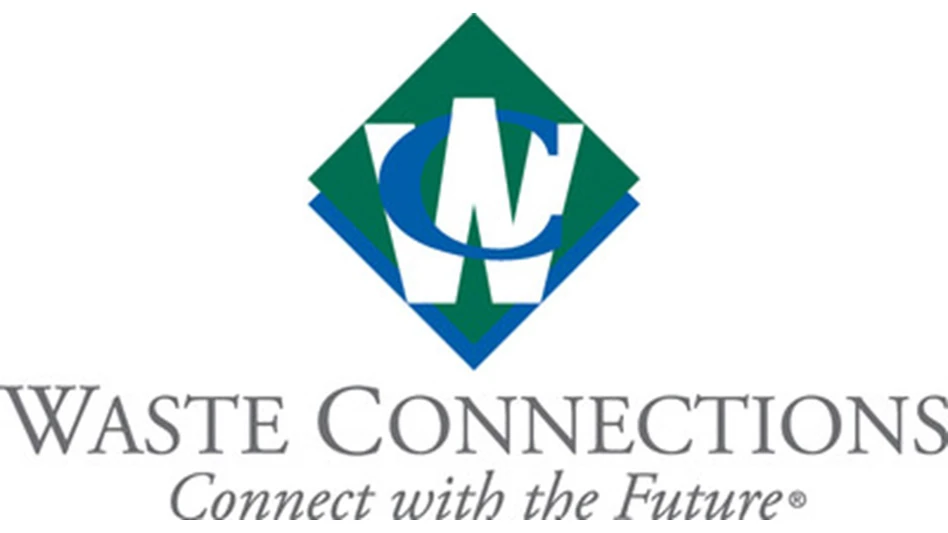
Photo by Brian Taylor.
Despite activist hostility and media scrutiny, plastic remains an “indispensable” material with a future that must be tied to increased recycling, according to presenters at the 2019 Paper & Plastics Recycling Conference Europe, held in Barcelona in early November.
Victor Sanz of Spain-based SAICA Natur characterized plastic as indispensable in its wide collection of roles ranging from “food storage to isolating electric current to health care.” Stated Sanz, “This is a good material; we need to make the recycling effort.”
Sanz noted that his comments are coming “from a company with 75 years as a papermaker.” SAICA Natur, an operating division of paper and board maker SAICA (S.A. Industrias Celulosa Aragones), describes itself as “committed to the circular economy” and is currently engaged in producing “recycled high-quality low-density polyethylene (LDPE) pellets.”
Sanz remarked that historically plastic has not reached the recycling rates enjoyed by paper, board or metal. However, the combination of public scrutiny and European Union targets and directives are “producing a reaction” leading to investments in recycling.
For mechanical recycling to take place (as opposed to either chemical recycling or energy recovery), Sanz said a “well-developed supply chain” is needed, in combination with effective sorting, washing and granulating capacity to produce high-quality, recycled-content polymers (R-polymers).
Among the challenges, according to Sanz, are that: 1) “packaging innovation is outpacing the recycling infrastructure”; 2) the EU has set recycling goals before mechanical recycling capacity is in place; and 3) there needs to be “plastics value chain agreement” on how to design products and packaging. On the last point, Sanz called for “a global protocol on redesign,” in part “to remove complex components.”
Oliver Thomas of SUEZ SA says the France-based global company sees the same problem. As he phrased it, product and packaging “outputs are not always sustainable inputs” to close the recycling loop.
Nonetheless, said Thomas, SUEZ is investing to boost plastic recycling’s prospects, and the firm is now involved in nine “circular polymer” plants. One of the largest is the Quality Circular Polymers (QCP) plant in the Netherlands, in which SUEZ holds a joint venture partnership stake with France-based chemical producer LyondellBasell.
At QCP, which was founded by three Dutch entrepreneurs in 2014, plastic scrap is processed to produce “high-density polyethylene (HDPE) and polypropylene (PP) compounds [that] can replace new plastics in typical applications like bottles, buckets, caps and closures, but also in baby buggies and suitcases.”
Thomas said QCP operations are still ramping up toward a planned level of from 35,000 to 50,000 metric tons per year of production. Increasingly, he said, “investors can be found” for such projects, but “a five-to-10-year vision is needed” for such investments to pay off with a successful effort.
Among the challenges for QCP, SAICA Natur or any R-polymers producer, said Thomas, is access to quality discarded material. As QCP has ramped up its capacity, Thomas said it has been “not an easy task” to find material from other countries that has been collected as cleanly and separately as it is collected in the Netherlands.
Thomas added that even before the collection stage, it would be helpful if product and packaging manufacturers carefully considered how or whether they should mix resins or colors in ways that will make mechanical recycling difficult.
The 2019 Paper & Plastics Recycling Conference Europe was Nov. 5-6 in Barcelona, Spain. The event is organized by Recycling Today Events.
Latest from Recycling Today
- Lautenbach Recycling names business development manager
- Sebright Products partners with German waste management equipment company
- WasteExpo transitions to biennial format for enhanced experiences
- Study highlights progress, challenges in meeting PCR goals for packaging
- Washington legislature passes EPR bill
- PureCycle makes progress on use of PureFive resin in film trials
- New copper alloy achieves unprecedented high-temperature performance
- Gränges boosts profits and sales volume in Q1 2025





